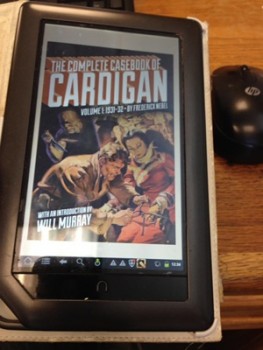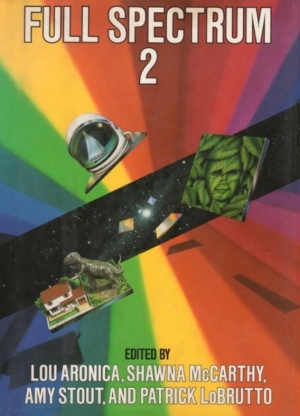Today Only — Get Todd McAulty’s The Robots of Gotham for Just $2.99
Todd McAulty was one of the most popular writers in the print version of Black Gate. Free SF Reader said “McAulty appears to be world class,” and Locus declared “Todd McAulty is Black Gate‘s great discovery.” His debut novel, The Robots of Gotham, was published in hardcover by Houghton Mifflin Harcourt in June, and has been accumulating rave reviews ever since:
“Massive and impressive… McAulty maintains breathless momentum throughout.”— Publishers Weekly (starred review)
“The whole story is a thrilling action flick in book form… Read it while walking in slow-motion away from an explosion.” — RevolutionSF
“Beautifully combines a post-apocalyptic man-versus-machine conflict and a medical thriller… This is thrilling, epic SF.”— Booklist (starred review)
“A massive, fast-paced, action-packed epic… Every page has the fierce readability of early Neal Stephenson, which is as high praise as it gets.”— Toronto Star
“A fast-paced, engaging read… The book is a thrilling ride.”— The Verge
Amazon’s Best Science Fiction and Fantasy of the Year (So Far)
The Robots of Gotham is 688 pages, and priced at $26 in hardcover. But for today only, August 29th, the digital version of the book has been discounted to $2.99. Copies are available at Amazon, Kobo, and other fine online retailers.

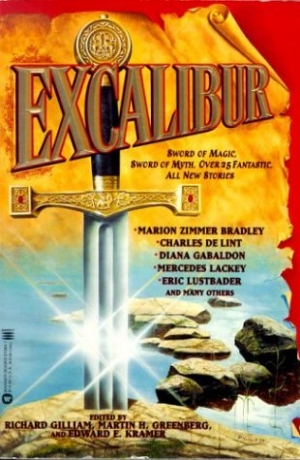
 Sunday, July 29, was an intriguing day. Not so much because of the first movie I planned to see, an anime called Penguin Highway about a young boy investigating the mysterious appearance of penguins in his small Japanese town. But because of the second screening, the International Science-Fiction Short Film Showcase 2018. It’d present eight films, and having seen prior editions of the showcase, I knew how unpredictable it would be.
Sunday, July 29, was an intriguing day. Not so much because of the first movie I planned to see, an anime called Penguin Highway about a young boy investigating the mysterious appearance of penguins in his small Japanese town. But because of the second screening, the International Science-Fiction Short Film Showcase 2018. It’d present eight films, and having seen prior editions of the showcase, I knew how unpredictable it would be.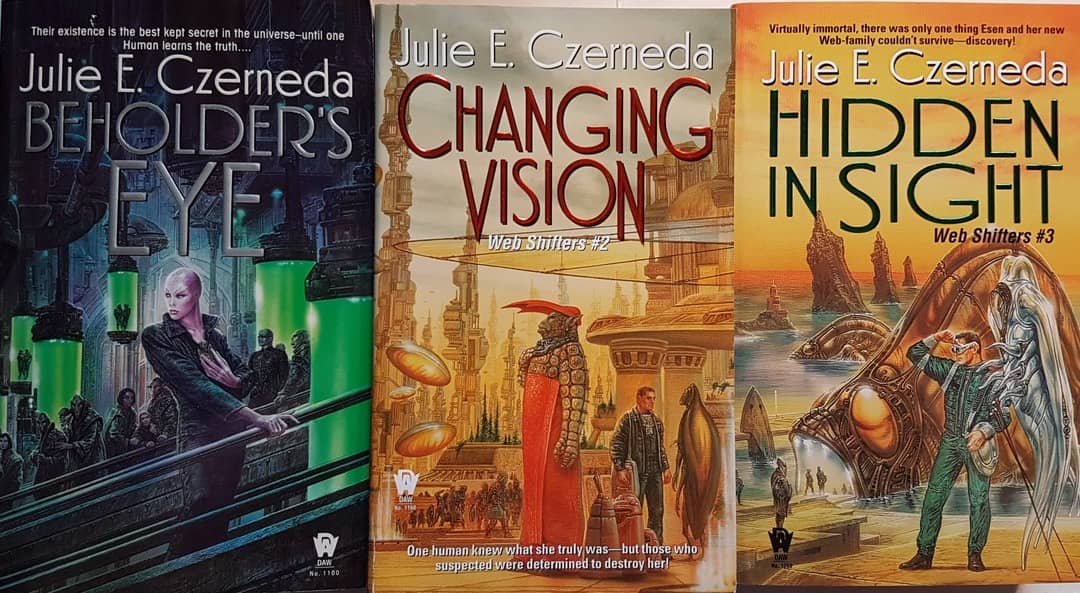
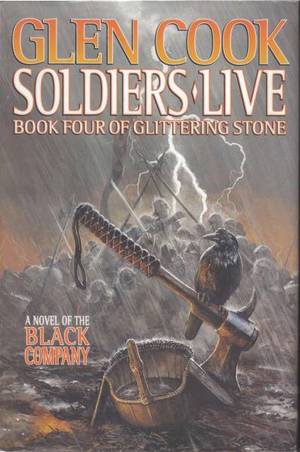
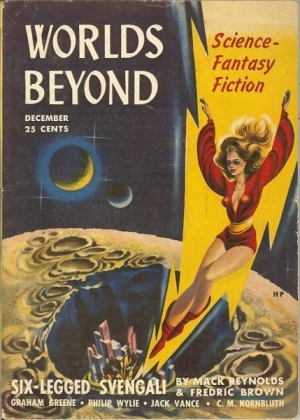
 The last movie I saw on Saturday, July 28, was at the Hall Theatre. It was Punk Samurai Slash Down (Panku Samurai Kirarete Soro, パンク侍、斬られて候), an adaptation of Ko Machida’s 2004 novel directed by Gakuryu Ishii and scripted by Kankuro Kodo (who also wrote
The last movie I saw on Saturday, July 28, was at the Hall Theatre. It was Punk Samurai Slash Down (Panku Samurai Kirarete Soro, パンク侍、斬られて候), an adaptation of Ko Machida’s 2004 novel directed by Gakuryu Ishii and scripted by Kankuro Kodo (who also wrote 
